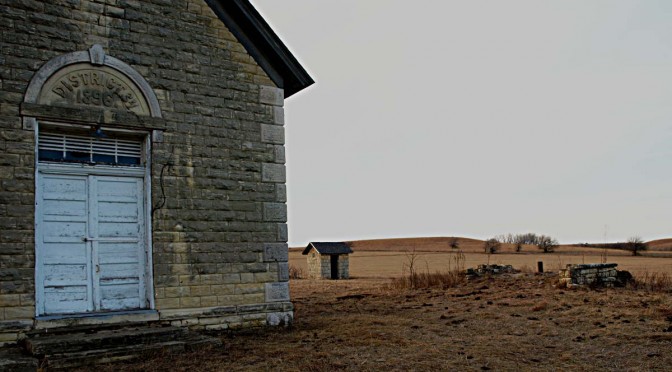Category: Wichita and Kansas schools
-

Kansas school funding growing faster than inflation
Kansas school funding has been growing much faster inflation and enrollment, but for some, it will never be enough, and they will continue to use taxpayer money to press their monetary demands, writes Dave Trabert of Kansas Policy Institute.
-
Public radio ignores facts, pushes rhetoric on Kansas school funding
A Kansas radio news reporter seems not to care about reporting facts about Kansas school spending.
-

Kansas school standards evaluated
A new edition of an ongoing study shows that Kansas school standards are weak, compared to other states. This is a continuation of a trend.
-
Wichita schools may ask for higher taxes
Wichita schools may ask for higher taxes
-
Examining a Kansas school district election
In its campaign to convince voters to raise taxes, the Auburn-Washburn school district deceives voters. David Dorsey explains.
-

Examining Kansas City school district claims
A critical look at the statements coming from one of the largest school districts in Kansas leads to wonder if the Kansas City school superintendent is uninformed, misinformed, or simply lying.
-
Topeka school figures
The Topeka school district is asking voters for more tax revenue. Here are some figures for this school district.
-
Kansas City school district figures
The Kansas City, Kansas school district has implemented layoffs and salary cuts. Here are some charts of statistics for this district.
-

Kansas public school establishment ought to thank Sam Brownback
Kansas public schools ought to thank the governor and legislature for failing to give parents the power of school choice.
-
In Topeka, to raise taxes, scare the voters
The Topeka public school district is using scare tactics to persuade voters to raise taxes. David Dorsey of Kansas Policy Institute explains.
-

Kansas school weightings and effects on state aid
In making the case for more Kansas school spending, the focus on base state aid per pupil leaves out important considerations.
-
Kansas state aid to schools is increasing
The top school finance official in Kansas says that says that state aid for schools has risen for the current year.